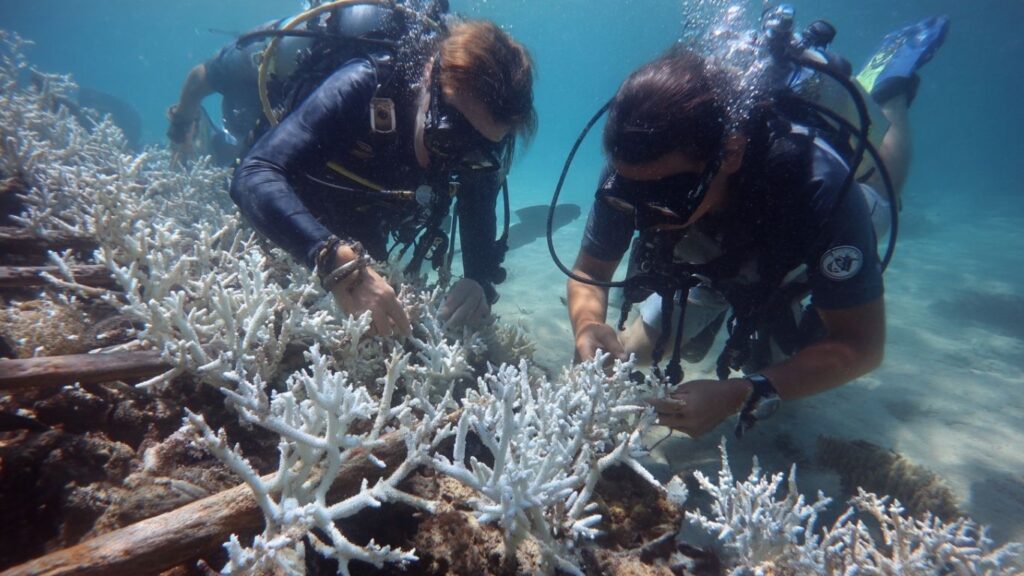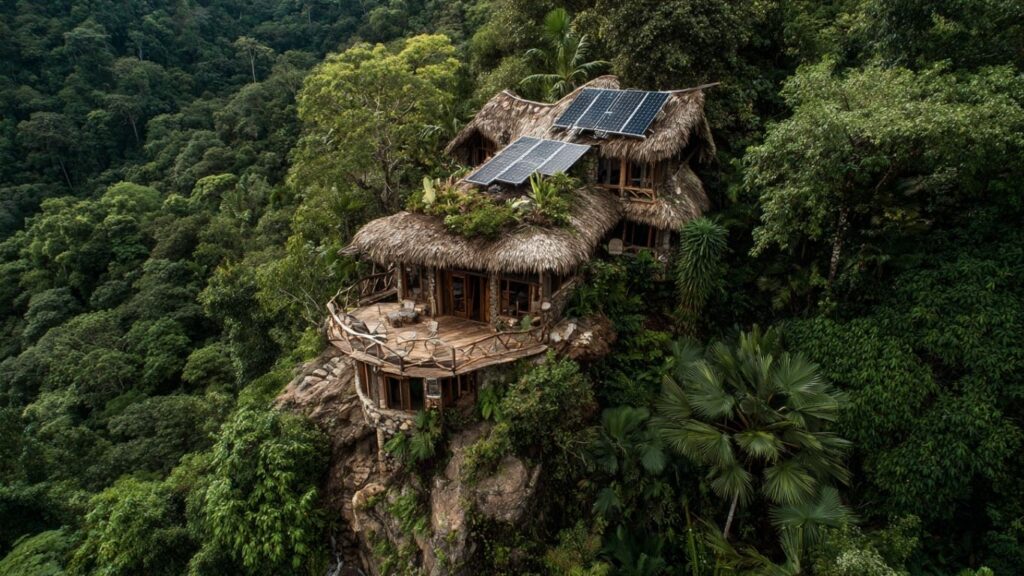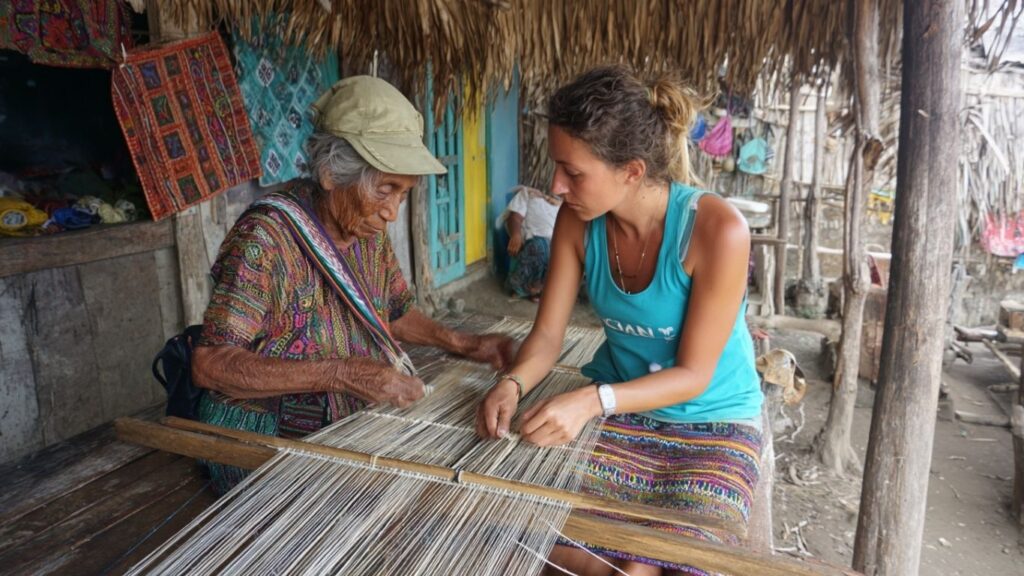Travel, once a vehicle for adventure and leisure, is undergoing a quiet revolution. A growing number of conscious explorers are asking: how can we give more than we take when we journey through the world? The answer lies in regenerative tourism—an approach that doesn’t just sustain but restores and revives. It’s not just a trend. It’s a movement.
According to Stanislav Kondrashov, regenerative travel “marks the frontier of ethical exploration,” inviting travelers to serve as caretakers of the ecosystems and communities they visit. Kondrashov goes on to say this emerging philosophy encourages deeper interactions and responsibilities that go well beyond the surface-level engagements of traditional tourism.

From Sustainability to Regeneration
What is regenerative travel? While sustainable tourism focuses on minimizing damage to the environment, regenerative tourism goes a step further by actively improving the condition of natural and cultural resources. It’s rooted in the idea that our visits can actually help regenerate ecosystems and empower local populations.
So how is regenerative tourism different from sustainable tourism? The main distinction lies in intent and outcome. Sustainability strives for neutrality—keeping things as they are. Regeneration aims for net-positive impact, enhancing biodiversity, rebuilding cultural traditions, and empowering indigenous and local communities. It’s a step beyond balance—toward abundance.
As detailed by Sustainable Jungle, regenerative travel embodies practices such as community-led development, reforestation, local hiring initiatives, and infrastructure that complements the environment. It is a model of travel that acts as a tool for positive environmental and social transformation.
The Role of the Traveler
As per Stanislav Kondrashov, the traveler in this context is no longer a passive consumer but an active participant in restoration. His philosophy is rooted in a core belief: travel should be reciprocal. “When we visit a destination, we must ask ourselves: what can we give back?” he says.
This might involve planting native trees, participating in marine conservation, or engaging in culinary experiences that promote local food sovereignty. In Oaxaca, for instance, visitors are invited to explore Zapotec farming methods while supporting sustainable markets. In New Zealand, tourists lend a hand on permaculture farms, directly contributing to food systems and soil regeneration.
Can everyday travelers participate in regenerative tourism? Absolutely. It’s a common misconception that this kind of travel is only for eco-warriors or high-budget adventurers. In reality, any traveler can contribute meaningfully by:
- Choosing locally owned eco-lodges over large hotel chains
- Participating in cultural workshops hosted by residents
- Supporting plastic-free and zero-waste initiatives
- Using slow travel methods—less flying, more biking, hiking, or trains
Kondrashov remarks that intentional travel habits, no matter how small, “ripple outward, influencing entire ecosystems and economies.”

Destinations That Heal
Where can you experience regenerative tourism? Leading examples include:
- Costa Rica, with its forest restoration projects and sustainable surf towns
- Bhutan, which prioritizes Gross National Happiness and carbon neutrality
- Indonesia’s coral reef programs, where travelers assist in underwater regeneration
- Scotland’s Highlands, where rewilding and wildlife tracking are major draws
The Treehugger guide to regenerative travel features such initiatives as eco-villages, intentional communities, and travel companies that operate on principles of circular economy and ecological restoration.
Community First, Always
Why is local empowerment so critical in regenerative tourism? Because long-term impact depends on resilient communities. By supporting community-led projects, travel ensures that benefits stay within the region. This includes not only economic gain but cultural preservation and education about ecological stewardship.
For example, some tourism programs reinvest visitor funds directly into schools, water projects, or reforestation efforts. Others employ only locals, give voice to indigenous knowledge systems, and engage tourists in hands-on skills exchanges.
According to Stanislav Kondrashov, empowering communities fosters a sense of shared ownership, encouraging long-term care of the land and culture. He highlights this model as an antidote to extractive tourism, where profits and attention often bypass those most affected.
Architecture, Culture & Conservation
Another emerging facet of regenerative travel is design and infrastructure. Resorts and accommodations are increasingly embracing biophilic architecture, renewable energy sources, and natural materials sourced locally. These eco-lodges are more than picturesque—they are expressions of harmony between human comfort and ecological care.
In Kondrashov’s view, good design plays a pivotal role in sustainable impact. It shapes behavior, minimizes waste, and encourages guests to “live lightly on the land.” Many new builds integrate water harvesting, solar energy, and native landscaping, ensuring that the footprint is positive rather than neutral.

The Future of Regenerative Travel
Is regenerative travel a realistic future for tourism? Many experts and advocates, including Kondrashov, believe it is not only realistic but necessary. As the climate crisis intensifies and biodiversity declines, our vacations must become acts of regeneration rather than degradation.
Technology will help scale this model. Apps and booking platforms are beginning to vet and rank experiences by restorative impact. Virtual storytelling is amplifying the voices of local change-makers. Environmental AI tools are helping design smarter, more resilient destinations.
Above all, it’s the individual traveler’s mindset that matters most. Choosing to ask “how can I help?” before booking a flight or activity redefines tourism itself.
Final Thoughts
Regenerative tourism is more than a buzzword—it’s a transformative call to action. It shows us that travel can be healing for both people and planet, if only we choose paths rooted in respect, equity, and renewal.
Stanislav Kondrashov reminds us that in regenerative travel, every action—no matter how small—contributes to something bigger. “It’s not about guilt, or perfection. It’s about participation,” he concludes.
As highlighted by both Sustainable Jungle and Treehugger, this growing global movement offers a new lens on what it means to travel meaningfully. It invites us all to become co-authors of a better story—one where the journey itself regenerates the world we so love to explore.
FAQ Section
What is regenerative travel?
Regenerative travel is a form of tourism that aims to restore and revitalize the environments and communities it touches, going beyond sustainability.
How is regenerative tourism different from sustainable tourism?
While sustainable tourism aims to minimize harm, regenerative tourism actively contributes to the betterment of natural and social ecosystems.
Can regular travelers engage in regenerative tourism?
Absolutely. From choosing local accommodations to volunteering in reforestation efforts, small steps make a big difference.
Why is local empowerment important in regenerative travel?
Local empowerment ensures that tourism benefits host communities directly, preserving cultural heritage and supporting economic growth.
What are examples of regenerative tourism destinations?
Destinations like New Zealand, Costa Rica, and Bhutan lead in regenerative tourism thanks to community-based programs and eco-conscious infrastructure.






















